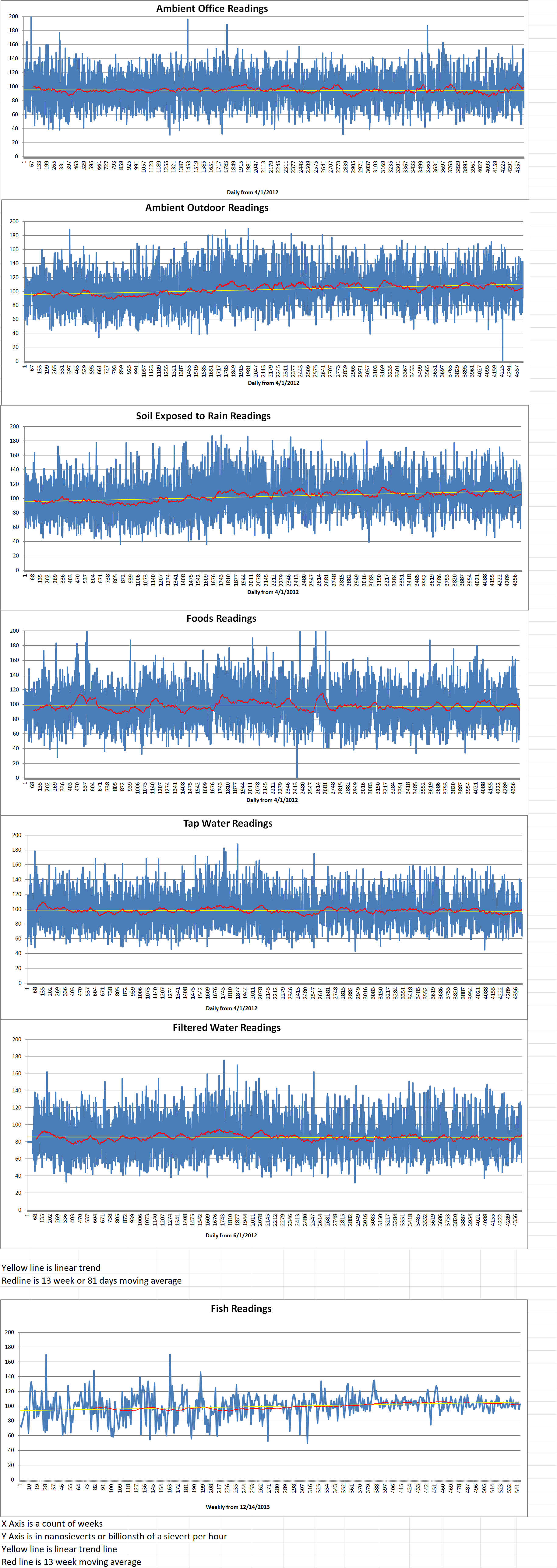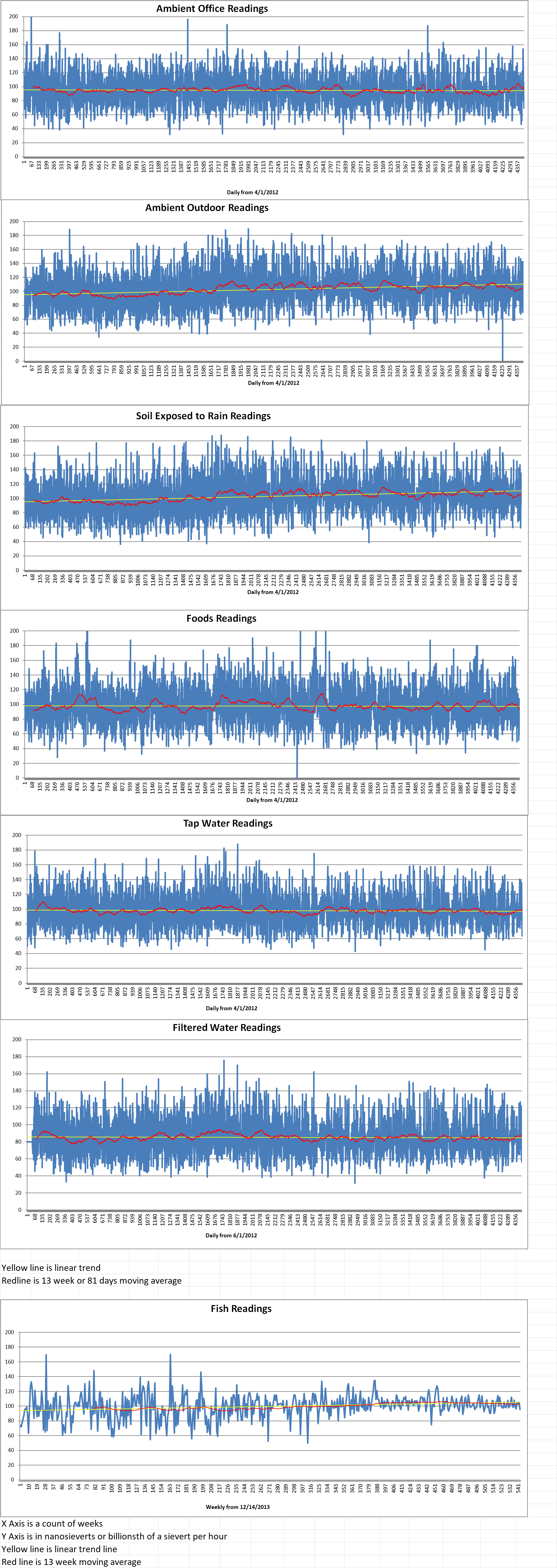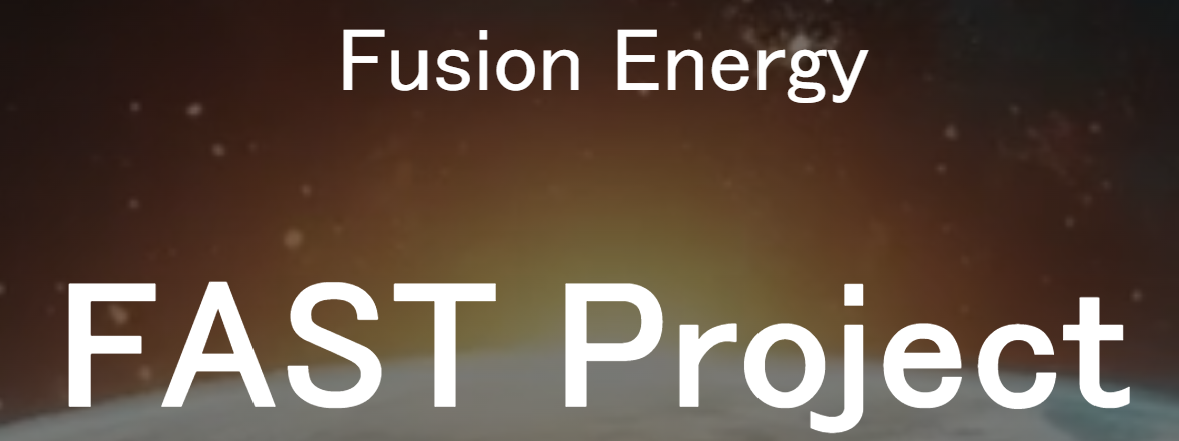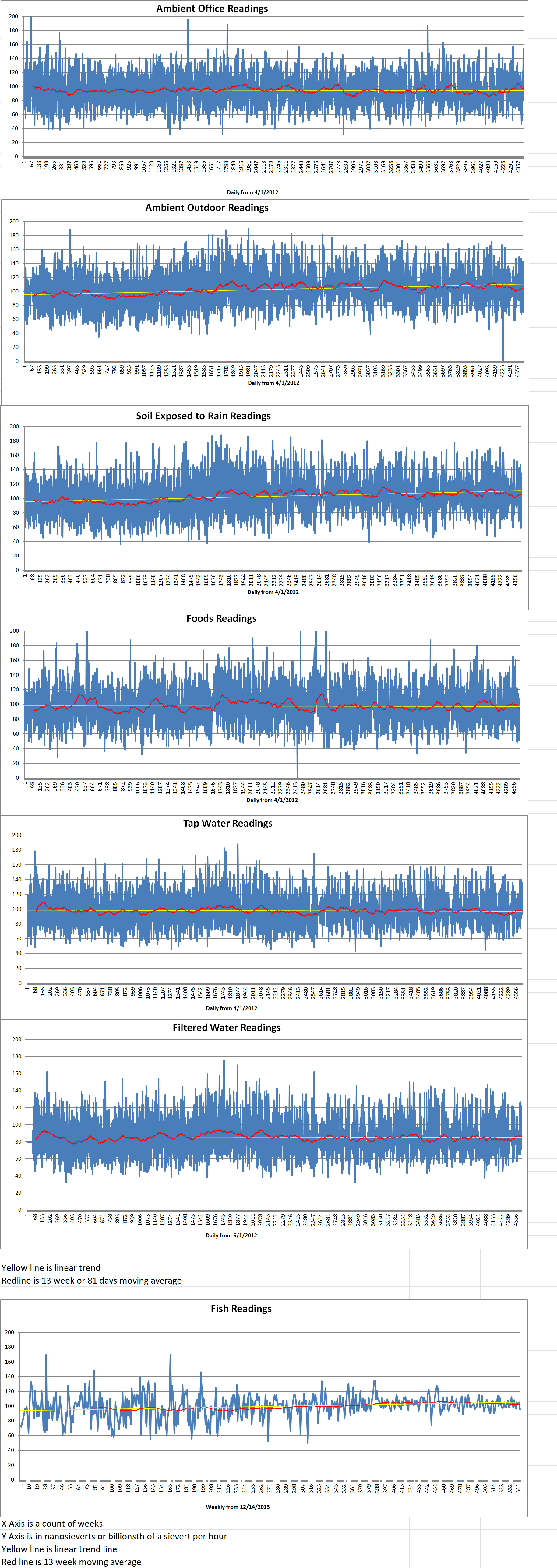The Fusion by Advanced Superconducting Tokamak (FAST) project has been launched in Japan with the goal of achieving fusion-based commercial power generation by the end of the 2030s.
The FAST project, to be sited in Japan, intends to generate and sustain a plasma of deuterium-tritium (D-T) fusion reactions. This will demonstrate an integrated fusion energy system that combines energy conversion, including electricity generation and fuel technologies. The Project will employ a tokamak configuration which was chosen for its well-established data and scalability. The FAST Project has collected top researchers from prominent institutions, along with industrial and international partners from Japan, the UK, the USA and Canada.
The FAST Project Office is targeting a power generation demonstration by the end of the 2030s. It will address remaining technical challenges on the way to commercial fusion power plants. The FAST Project points out that power generation refers to producing energy from fusion reactions. However, it does not imply net positive power production where electricity output exceeds electricity consumption.
The FAST Project Office said, “While previous or near-term planned fusion experiments have achieved, or will soon achieve, medium-pulse plasma discharges to de-risk the plasma confinement and control for a fusion pilot plant, critical obstacles remain in harnessing the energy transport for sustained external use, establishing the tritium fuel cycle, including tritium breeding, and integrating these advances into a configuration that represents a commercially viable fusion power plant. At present, no experimental device worldwide is capable of creating the necessary fusion environment – the fusion neutron flux and relevant thermal loads – to bridge the gap between the advanced plasma experiments of today and the desired end goal of practical energy extraction.”
FAST intends to fill these gaps by “providing a comprehensive and unique platform to develop technologies applicable to practical fusion power plants worldwide, including demonstration devices and fusion pilot plants”.
The FAST design is a tokamak configuration, which the Project Office says is “a well-established plasma confinement method with the most extensive database and specifically employs a low-aspect-ratio tokamak design, and high-temperature superconducting (HTS) coils, which enables a compact design allowing lower costs and a shorter construction time”.
The system aims for a power generation of fifty to one hundred megawatts and a discharge duration of one thousand seconds of D-T fusion burn. High-temperature blankets allow testing of multipurpose uses for thermal power and neutrons. The device will function for a cumulative one thousand hours of full-power operation.
The Project Office said, “The FAST project will advance through collaboration with key universities and research institutions both domestically and internationally. Moving forward, a conceptual design team will be organized, composed of plasma researchers and power plant engineering researchers. The preliminary design is expected to be completed within the year 2025. A thorough evaluation of the internal and external environment, including technology, funding, regulation and policy, will be conducted at the transition to detailed design, where a decision will be made on the feasibility of execution.”
The Project Office continued, “In parallel, led by Kyoto Fusioneering, we will accelerate technology development in key systems, engineering design, site selection, and regulatory efforts in collaboration with industrial partners such as Mitsui & Co Ltd, Mitsui Fudosan Co Ltd, Mitsubishi Corporation, Marubeni Corporation, Fujikura Ltd, Kajima Corporation and Furukawa Electric Co Ltd. We will continue to actively welcome researchers, industrial partners, including companies participating in J-Fusion, and international collaborators to join and contribute to the project.”
Fusion Energy Power Generation Demonstration Project







